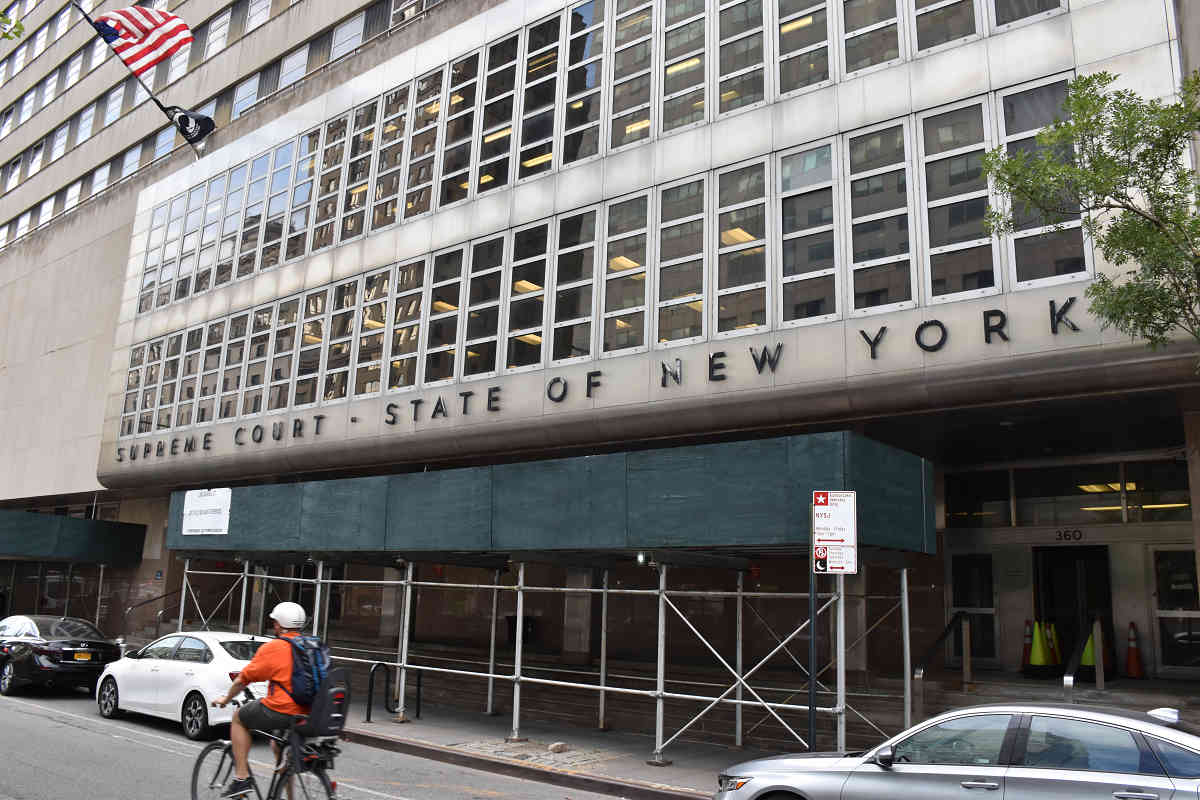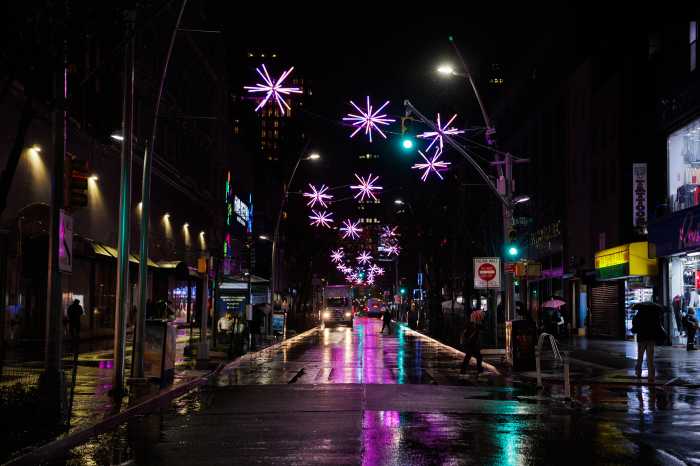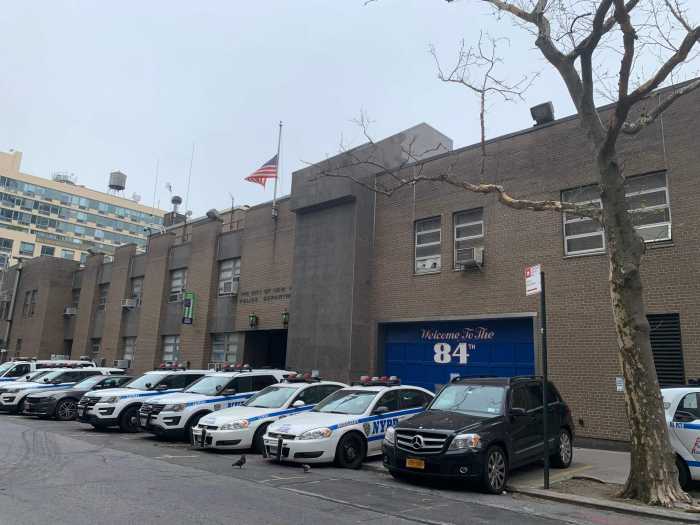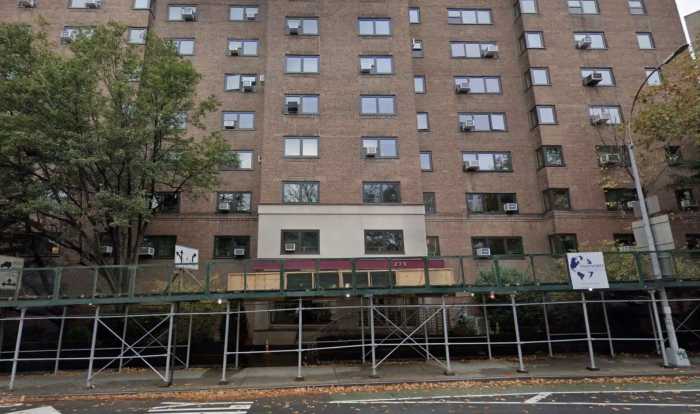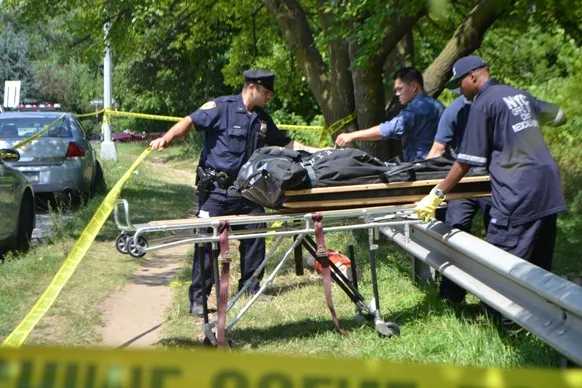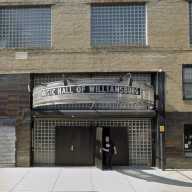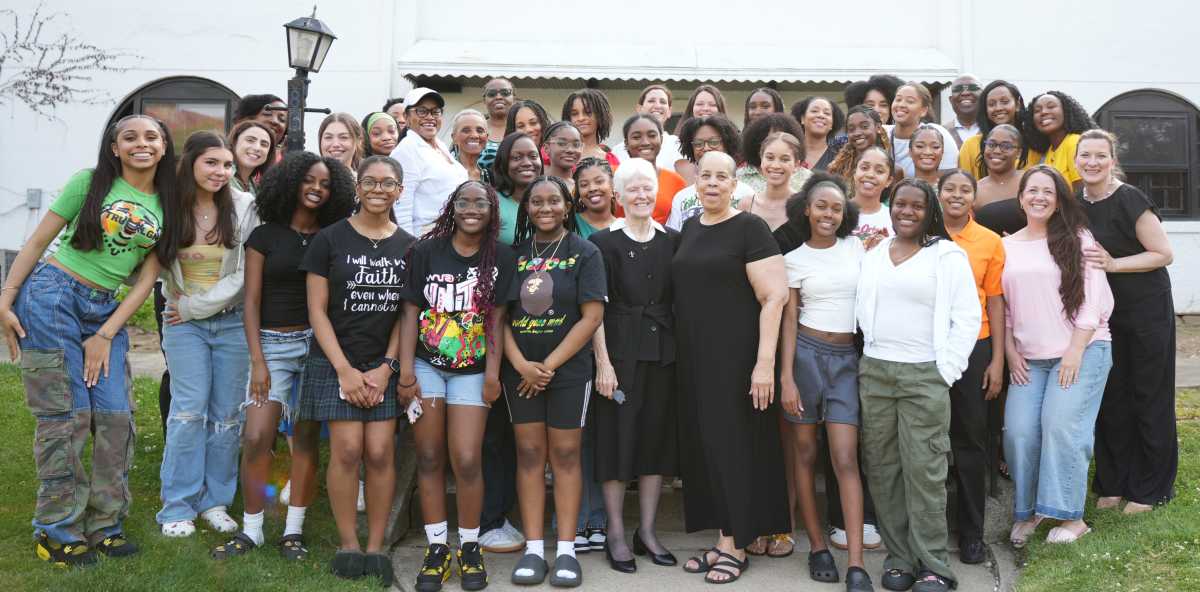The city has spent more than $1,000 every week since 2007 to maintain sidewalk sheds around a Downtown Brooklyn courthouse that’s cost taxpayers roughly half a million dollars — and construction hasn’t even started yet!
The Brooklyn Supreme Court Building at 360 Adams St. has been surrounded by the low-hanging scaffolding since the middle of George W. Bush’s second term in office, and the city has been cutting $4,340 checks to a private contractor in monthly rent ever since, according to a spokesman with the Department of Citywide Administrative Services.
The scaffolding remains in place to ensure that the building complies with a city law requiring sidewalk sheds be erected around buildings deemed to have “an unsafe façade condition,” thereby preventing falling debris from squashing hapless passersby until repairs are made to the building, according to a spokesman with the Department of Design and Construction.
However, twelve years and more than half a million dollars into the boondoggle, city building honchos have taken only preliminary steps to fix the building’s problems.
Reps with the Department of Design and Construction began to examine the building’s flaws in April of this year, and construction is not expected to begin until 2021, according to a spokesman with the Department of Design and Construction.

By that time, taxpayers can expect to shell out another roughly $70,000 in rental fees for the scaffolding, assuming prices stay the same.
The law requiring the city safeguard pedestrians with sidewalk sheds first passed in 1979 in response to the death of a college student who was killed by a falling chunk of masonry in Manhattan. In 1998, City Council strengthened those regulations with Local Law 11 — also known as the Façade Inspection and Safety Program — that requires licensed engineers to inspect the façade of large buildings every five years.
One Brooklyn said he wasn’t pleased to hear about the exorbitant scaffolding fees, but, then again, he wasn’t exactly surprised either.
“They probably could’ve just fixed it for the same amount of money and been done with it,” mused Park Slope local Seb Campbell. “But, that’s the city for you.”
Another passerby complained about congestion caused by the construction equipment.

“It makes it crowded by the entrance because there’s bars everywhere in the center of the sidewalk,” complained Cypress Hills resident Tatiana White.
And while the costs continue to pile up, the sidewalk sheds create a gaping eyesore around the prominent Downtown edifice — which sits at the foot of the Brooklyn Bridge and is flanked by Borough Hall, Camden Park, and two major throughways.
“It’s like they just made it part of the building,” said White. “But, then you should make it look better.”
First constructed in 1956, the courthouse building was the brainchild of architectural firm Shreve, Lamb & Harmon — which also masterminded the iconic Empire State Building.



